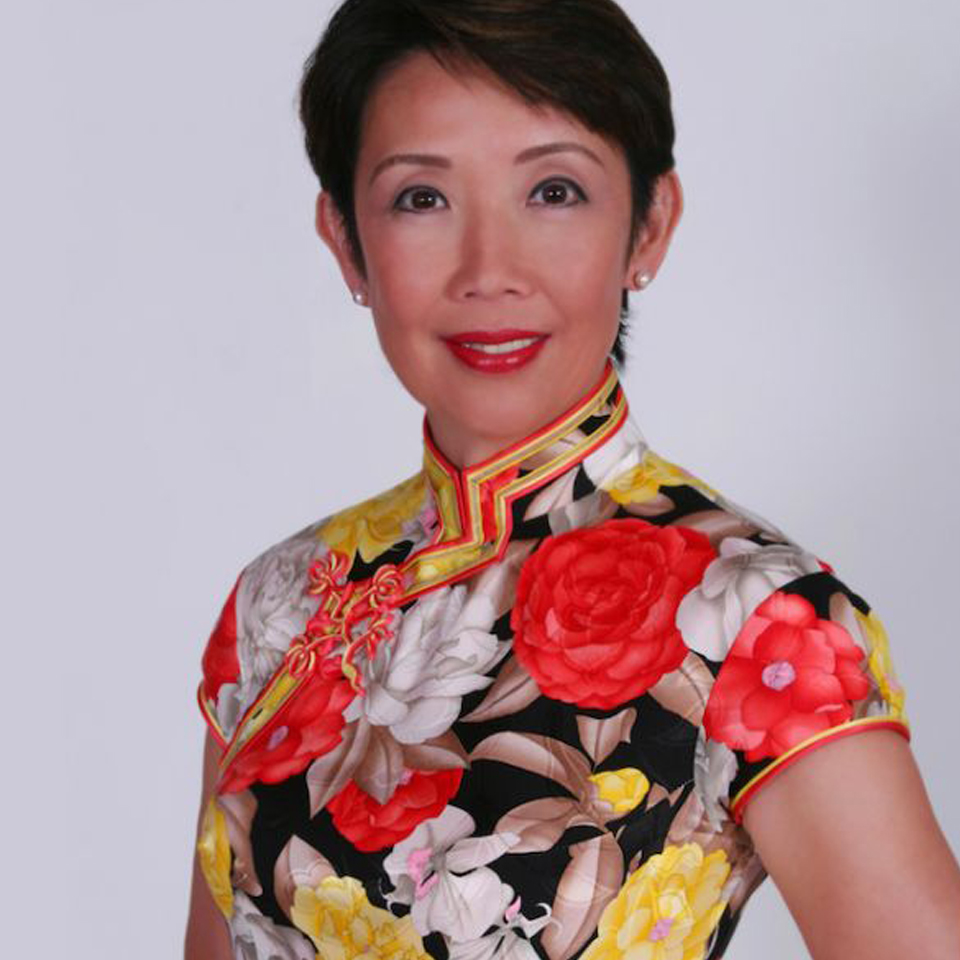By Vera Koo, Women’s Outdoor News, Published December 3, 2014
Vera Koo explains the concept of the ming thing in relation to shooting.
Have you ever seen “Madama Butterfly?” It is Puccini’s hauntingly beautiful opera that illuminates a world of love, loss and tragedy in Nagasaki, Japan, 1904.
I was 17 when “Madama Butterfly” first entered my life. Not much older than the main character, a geisha named Butterfly, I saw the misfortunate tale with a date (While his selection of our evening’s entertainment in no way foreshadowed our relationship, I ultimately fell for the man who treated me to my first hamburger, not the one preoccupied with Puccini. I will, however, be forever grateful to him for the operatic introduction.).
Since that evening nearly 60 years ago, I have seen Puccini’s classic work 5 more times, each version more personally powerful and meaningful than the last. I saw it most recently as part of the San Francisco Opera’s 2014 season.
In 3 acts, Puccini tells the story of a woman’s place in the world. A marriage broker oversees the marriage of a young Japanese geisha to a US Naval officer, who plans to return stateside to marry an American woman. Butterfly, the geisha, learns she is pregnant after her husband leaves Nagasaki and waits for his return, refusing to marry again or give up hope. Her husband returns 3 years later with his new American wife. Upon learning of their child, Butterfly’s husband agrees to see Butterfly once she agrees to let her husband and his American wife raise the child. In true histrionic Puccini fashion, Butterfly, having lost everything that she once loved and lived for, commits suicide with her father’s hara-kiri knife.
While this dramatic ending may elicit tears or conversations about East Asian/American history, Japanese culture at the time mirrored Chinese culture: women were subservient. Men took charge of your fate. You had no voice in your own life.
Butterfly’s unrequited wait for her husband’s return illustrated the powerful ideology that, in that time, a woman’s place in society was dedicated to one man and he was her entire reason for living.
The ‘Ming’ thing
In classic Chinese culture, a woman has no ming – no fate. Her ming is determined by her man. Each examination of “Madama Butterfly” has resonated with me at different points of my life, from the search for a husband, to the deep love of a spouse, to the endless love of a mother, to the powerlessness of women in historical culture.
The underlying question, however, that I’ve always sought in Butterfly’s search for identity is this one: who are you and who determines who you are?
Go To Full Article | Translations: 继续阅读簡體字 Simplified Chinese – 繼續閱讀繁體字 Traditional Chinese

